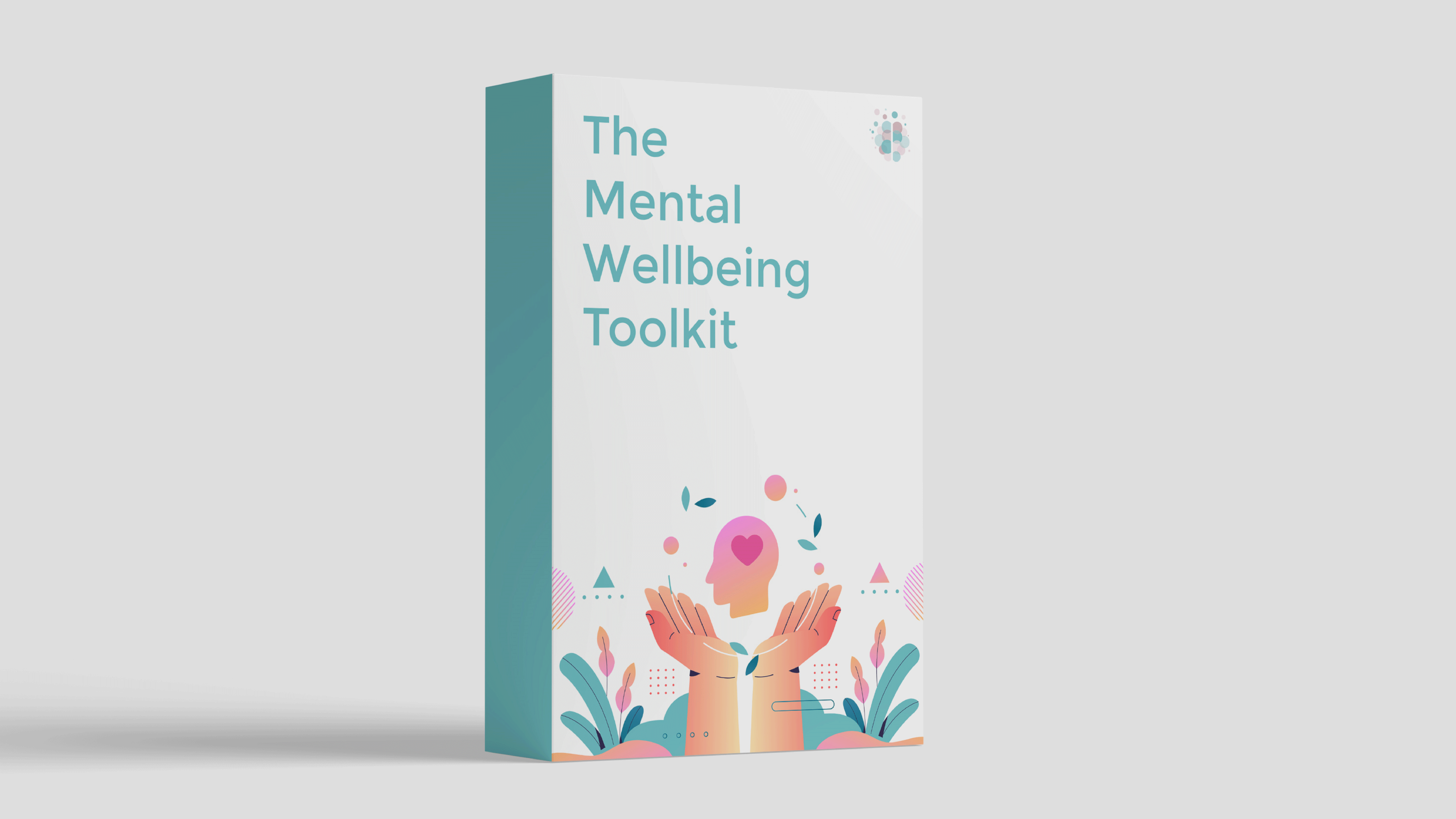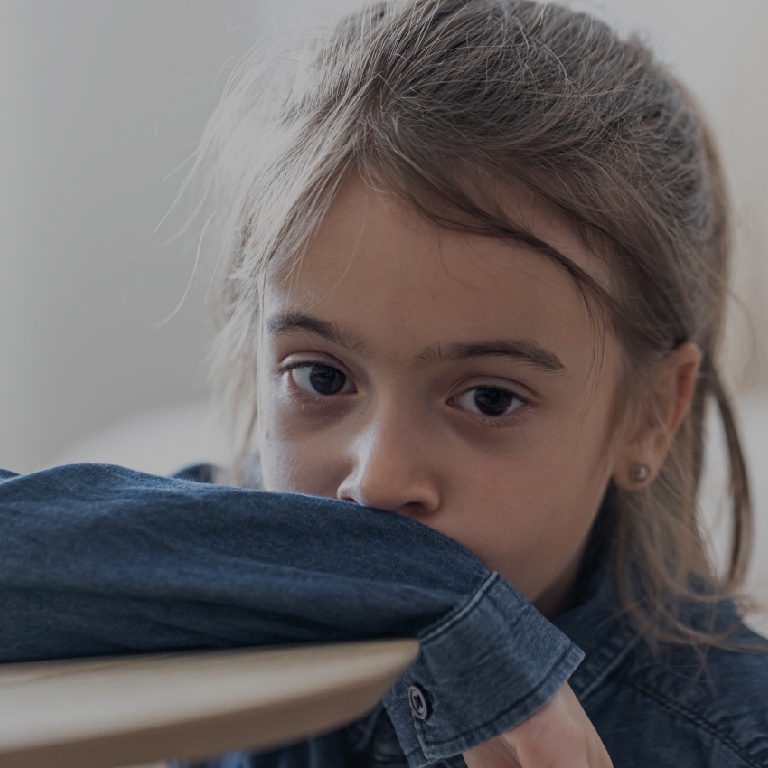Take a moment to imagine being at the park.
There might be swings, slides, and children running. Laughter, grass, and movement.
There might be a child checking in with a caregiver, and another one hiding under the slide with silent tears.As this imagery comes to life, so too can the dance of attachment in an ordinary setting.
These four main attachment styles have been studied by researchers and show up in our relationships with caregivers, friends, romantic partners, and even extend to colleagues.
1. Secure
A securely attached person is comfortable with both closeness and distance.
This is the child that hugs a caregiver then runs off to play at the park. The child comes back to check in within an appropriate timeframe.
The child has a sense of security, trusting the caregiver will be there for them and feels as though the world is a safe place to explore.
As an adult, a securely attached individual will also feel a sense of security within themselves and be comfortable with both independence and interdependence.
These individuals are not purely dependent on a relationship, rather, they enjoy the benefits of a relationship when present.
2. Avoidant
An avoidant attached individual finds closeness difficult.
This child runs off to play at the park and never looks back. They learn it doesn’t matter if they look back, no one will be there.
This child masters the skill of self-sufficiency as they discover not to depend on others.
As an adult, this might look like being emotionally unavailable or shut down. This could be zoning out with food, media, substances, workaholism, or anything that removes the space for connection. Loneliness may be a companion, though the internal system has adjusted to not depend on others.
3. Anxious
Sometimes referred to as ambivalent, an anxious attached individual finds distance difficult.
Anxious attached children are those on the playground reluctant to go off to play without the caregiver present, or if they do run off, they may look back every few seconds as if thinking, “Is mom still there? Am I still safe?”
This child walks on eggshells, scanning for the danger in the world, afraid a connection will be lost.
As an adult, this might look like experiencing racing thoughts if a partner doesn’t respond to a text right away, or having trouble being apart for any amount of time.
Constant reassurance is a companion with the fear others may not be trustworthy to stay around. Anxious attached individuals may also struggle with low self-esteem and may be seen as needy given the continual desire for reassurance.
4. Disorganised (a.k.a. Fearful Avoidant)
A disorganised individual has learned that caregivers and the world are unsafe, and others cannot be trusted.
Both closeness and distance may be difficult.
This occurs most frequently in the presence of abusive or neglectful environments. Due to this, their behaviors and emotions around others are unpredictable.
As a child at the park, it may look like trying to get the parents attention and then expressing anger when they get it, or running up for a hug and then pushing away.
As an adult, this might look like a push and pull within relationships. Reponses may be scattered and confusing to others.
Changing Your Attachment Style
The good news is there is plasticity in our brains, meaning that attachment styles can change.
Perhaps you’ve identified yourself as anxious, avoidant, or disorganised, and want to begin changing this pattern. The way forward is practicing new ways of being and interacting with others. To begin working towards a more secure attachment style:
- Understand and acknowledge your history. Be curious about your early childhood relationships with your caregivers and how that impacted you. You could talk this through with a therapist or explore it using a self-help journal.
- Reframe unhelpful thought patterns. Insecure attachment styles increase unhelpful thoughts and stories. Practice observing these and using cognitive and behavioral tools to deal with them effectively. The Mental Wellbeing Toolkit is designed to help you with this.
- Begin to befriend yourself and create a secure attachment within yourself. Reparent yourself and the parts that need secure attachment. This might look like getting in touch with your childhood self and interacting with that self in ways that you wish would have occurred at that time. Read more on this in Understanding and Healing Trauma.
- Try and try again. Learning new ways of connecting with others and opening up your heart to trust is hard. Try and try again. Every relationship brings a new opportunity for healing.
Trauma-Informed Self-Guided Support for Mental Health
Research shows that self-help materials are often enough for people to overcome mild to moderate mental health difficulties without professional support.
If you’re interested in a trauma-informed self-guided program, be sure to check out The Mental Wellbeing Toolkit.

About Brittany
Brittany Ellmer is a Licensed Mental Health Counselor and Clinical Manager with expertise working with anxiety, depression, and survivors of trauma. Brittany has experience working in settings such as residential treatment, outpatient treatment, private practice, higher education, and in workplace wellbeing spaces. Brittany approaches therapy from a trauma-informed attachment based lens with the belief that our early life experiences shape who we are.Brittany provides individual therapy through her private practice, the Healing Collective Counseling & Consulting PLLC. Learn more about Brittany’s practice here.



